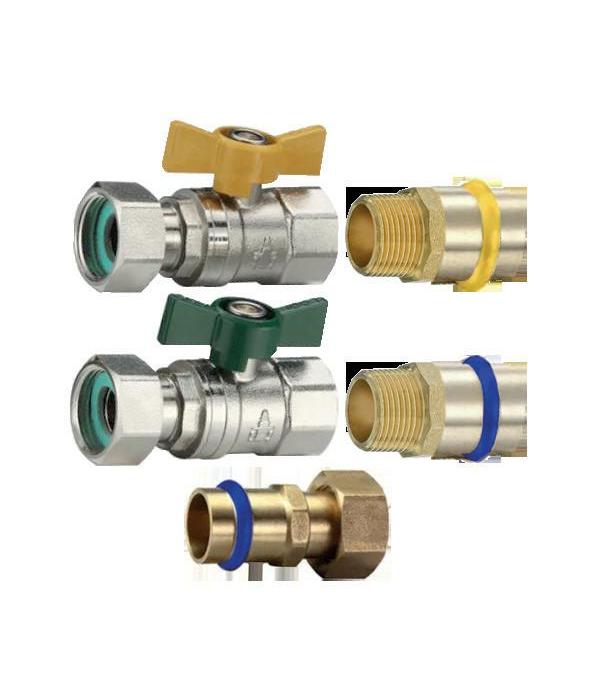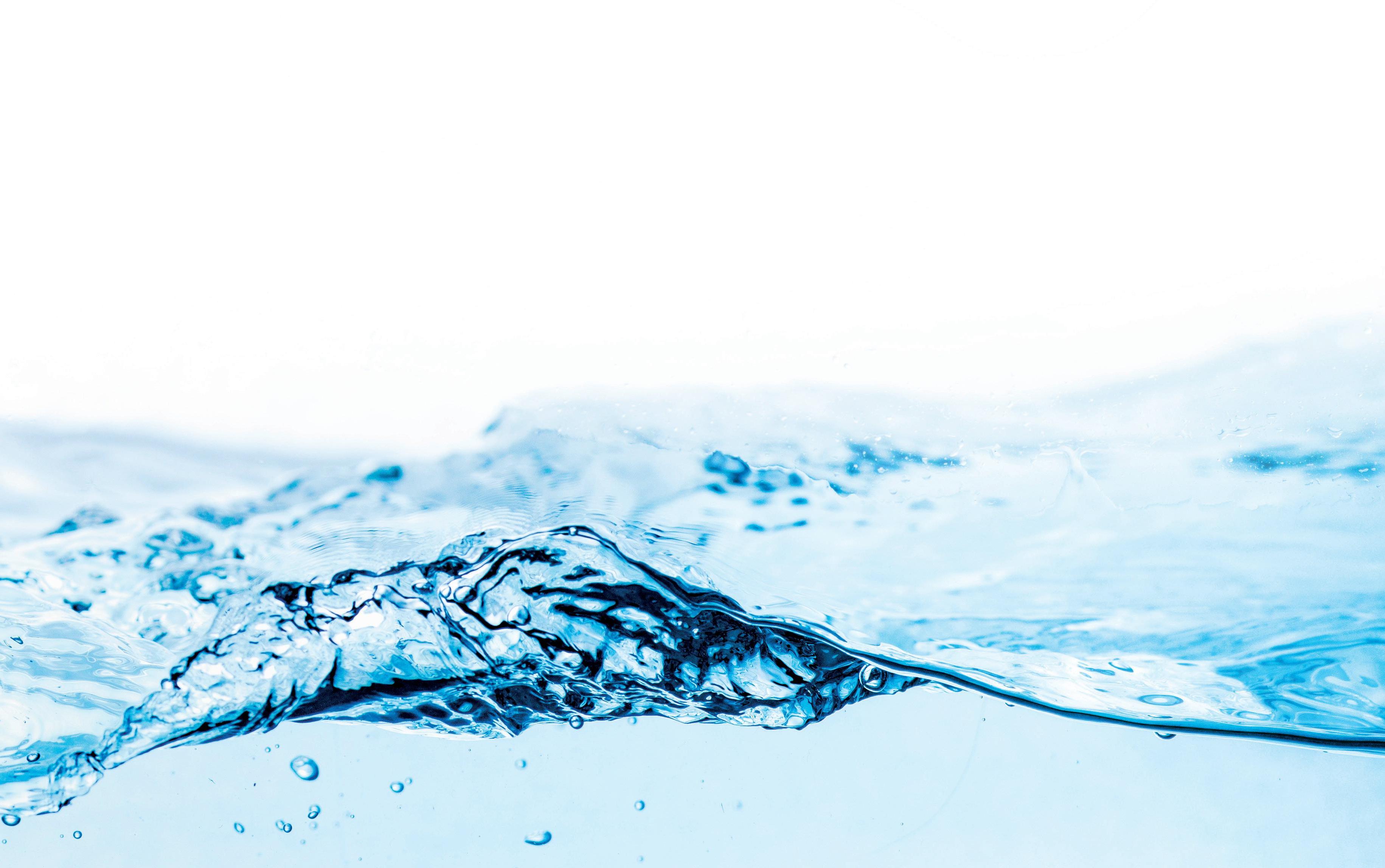
11 minute read
Technical
AHSCA PERFORMANCE SOLUTION IN PRACTICE
The new roof awning at Waterfront Place, 1 Eagle Street in the Brisbane CBD.

Corporate Profile
In 2015, the Association of Hydraulic Services Consultants Australia (AHSCA) formed a partnership with the University of the Sunshine Coast (USC) to develop a performance-based roof drainage design software that can exceed the current limitations nominated in AS3500.3.
As a prescriptive design standard, AS3500.3 limits box gutter designs to a maximum of 16L/s of flow and also provides only limited design options for box gutter overflow devices. This has been an issue for designers and installers alike, often resulting in over complicated gutter and downpipe designs.
With this AHSCA design software, box gutter outlets and downpipes can now be designed for up to 100L/s of flow; therefore, providing designers with more flexible and cost-effective box gutter and downpipe design options. Given the potential risks around these larger stormwater flows, designers are required to successfully complete the Advanced Roof Drainage Modelling Performance Solutions course.
In Queensland, Interior Engineering has most recently used the AHSCA design software for a new roof awning at Waterfront Place, 1 Eagle Street, Brisbane. As part of the Waterfront Place entrance refurbishment project, this new 1,000sqm roof section required a flawless integration of structural and hydraulic services with architectural aesthetics. The size and number of downpipes, which would have been required under AS3500.3, were not able to be accommodated within the architectural and structural features; however, with the AHSCA performance-based design solution this was achieved seamlessly.
From a compliance perspective, roof and stormwater drainage in Queensland falls under the Building Act 1975, rather than the Plumbing and Drainage Act 2019. This Building Act references the Building Code of Australia (BCA), otherwise known as the National Construction Code Volumes 1 and 2.
Under the Deemed-to-Satisfy (DtS) provisions F1.1 of the BCA,stormwater drainage must comply with AS/NZS 3500.3; however, if a performance-based solution can be proven to be equal or better than the DtS requirements, compliance with the BCA can be achieved in this way. It is important that this is discussed with the building certifier, building owner, and principal contractor at the start of the project to ensure all relevant parties are aware of and agree with the proposed performance-based solution.
With the relevant design certificates provided by the AHSCA software, as well as other AHSCA supporting documentation and the hydraulic consultant’s expert assessment, compliance with the BCA was achieved. This enabled the new Waterfront Place roof awning to be constructed in line with the architect’s and building owner’s aesthetic requirements.
Article written by David Mitmannsgruber, Senior Associate - Association of Hydraulic Services Consultants Australia (AHSCA)

Assure Global Plus is a 46-year-old debt resolution and asset recovery business. Entirely Australian owned and operated, we are headquartered in Brisbane and have representatives in every corner of Australia. With the combined experience in excess of 80 years, Assure Global Plus has the expertise, professionalism, and discretion you need to support your clients. And with success-based fee structures, you’ll get results.
Assure Global Plus offers services in credit management, debt recovery and commercial litigation. Our clients are commercial businesses of all sizes that employ our specialised skills.
Our business has one overarching goal – to support our clients through effective recoveries. To do this, we apply an integrated approach that incorporates three services: debt prevention, debt management, and debt recovery.
We have the experience, proven strategies, and highly developed systems to recoup debt – quickly. The money is yours, we’re experts at recovering it, and we back ourselves by offering a result-based fee structure – If we don’t collect the debt, we won’t charge commission.
Our debt recovery processes are fine-tuned and specialised. We respect your brand and reputation, and we’ll keep you informed at all stages of the debt cycle.
We would welcome the opportunity to work with you in this important area of your business and to take action on your behalf we are required to hold a signed appointment form for compliance.
Visit www.assureglobalplus.com.au to learn more.
Supporting MPAQ Members







The Valuing of Water The Valuing of Water A United Nations World Water Development Report
Recently, the United Nations Educational, Scientific and Cultural Organization (UNESCO) published a report on behalf of UN Water discussing how and why a value should be placed on water. The 200-page report makes for interesting and confronting reading that we felt we had to share. We won’t be able to do the report justice in the space we have available, but here are some snap shots.
According to economic theory, the value of a good is determined by scarcity – the gap between limited resources and unlimited needs. Humans certainly use water as if it is limitless: an estimated 80% of all industrial and municipal wastewater, for example, is released into the environment without prior treatment.
Freshwater is in fact scarce and becoming scarcer. Over two billion people already live in areas subject to water stress. Some 3.4 billion people, 45% of the global population, lack access to safely managed sanitation facilities. According to independent assessments, the world will face a global water deficit of 40% by 2030. This situation will be worsened by global challenges such as COVID-19 and climate change.
Economic theory is not the only way of determining worth. Cultural values are equally, if not more, significant. Many indigenous people, for example, accord special status to water and waterways. This is the case in New Zealand, where the Te Awa Tupua Act, passed in 2017, recognises the Whanganui River as “an indivisible and living whole from the mountains to the sea”. The Ganges and Yamuna Rivers, in India, are also considered living entities with the same rights as human beings. For these groups, bodies of water are like loved ones and, therefore, priceless.
How, then, should we value water?
The 2021 World Water Development Report focuses on this crucial issue. It assesses the ways in which water is valued across different sectors and identifies how this process can be improved, with a view to better evaluating what water is worth to our societies.
Differences in the way water is valued occur not only between stakeholder groups but are widespread within them. These divergent perspectives on water value and the best ways to calculate and express it, coupled with limited knowledge of the actual resource, present a challenging landscape for rapid improvements in valuing water. It is, for example, futile to attempt to quantitatively compare the value of water for domestic use, the human right to water, customary or religious beliefs, and the value of maintaining flows to preserve biodiversity.
It has been estimated that achieving universal access to safe drinking water and sanitation in 140 low-and middle-income countries would cost approximately US$1.7 trillion from 2016 to 2030, or US$114 billion per year. The benefit–cost ratio of such investments has been shown to provide a significant positive return in most regions. Returns on hygiene are even higher, as they can greatly improve health outcomes in many cases with little need for additional expensive infrastructure.
The year 2020 saw the rise of the COVID-19 pandemic, which hit the world’s most vulnerable people the hardest – many of them living in informal settlements and urban slums. Globally, over three billion people and two out of five health care facilities lack adequate access to hand hygiene facilities.
Agriculture uses the major share (69%) of global freshwater resources. However, water use for food production is being questioned as intersectoral competition for water intensifies and water scarcity increases. Moreover, in many regions of the world, water for food production is used inefficiently. This is a major driver of environmental degradation, including depletion of aquifers, reduction of river flows, degradation of wildlife habitats, and pollution. The value assigned to water in food production is generally low compared to other uses. It is usually very low (typically less than US$0.05/ m3) where water is used for irrigating food grains and fodder, while it can be relatively high (of the same order of magnitude as values in domestic and industrial uses) for high-value crops such as vegetables, fruits, and flowers.
Asia and the Pacific Regional Perspective
Due to population growth, urbanisation, and increased industrialisation, water competition among sectors has become more severe in the region, threatening agricultural production and food security while also affecting water quality. Water is often a relatively scarce and valuable resource in the

region, and water scarcity is likely to worsen due to the impacts of climate change.
Unsustainable water withdrawals are a major concern in the region, as some countries withdraw unsustainable proportions of their freshwater supply – exceeding half of the total water availability – and seven of the world’s 15 biggest abstractors of groundwater are in Asia and the Pacific.
Demand and Use
Global freshwater use has increased by a factor of six over the past 100 years and continues to grow at a rate of roughly 1% per year since the 1980s. While the rate of increase in freshwater use had tapered off in most member states of the Organisation for Economic Co-operation and Development (OECD), where per capita water use rates tend to be among the world’s highest, it continues to grow in the majority of the emerging economies, as well as in middle- and lower-income countries. Much of this growth can be attributed to a combination of population growth, economic development, and shifting consumption patterns.
Water Pollution
While global water quality data remains sparse due to a lack of monitoring and reporting capacity, especially in many of the least developed countries, a number of trends have nonetheless been reported. Water quality has deteriorated as a result of pollution in nearly all major rivers in Africa, Asia, and Latin America. Nutrient loading, which is often associated with pathogen loading, is among the most prevalent sources of pollution
In 2017, 5.3 billion people (71% of the global population of 7.55 billion) used a safely managed drinking water service – one located on premises, available when needed, and free from contamination. 3.4 billion people (or 45% of the global population) used safely managed sanitation services – an improved toilet or latrine that is not shared, from which excreta are safely disposed of in situ or treated off-site.
Why Value Water
The real worth of water, combined and contrasted across all stakeholder perspectives, has often been neglected, leading to its wastage, misuse, and misappropriation by certain interests. Sometimes the contention around the value of water resides in the measurement of its worth. Other times, contention, or even conflict, resides in comparing differing value domains, for example, economic versus more intangible cultural values. Those who control how water is valued control how it is used. Values are a central aspect of power and equity in water resources governance. The current status of water resources highlights the need for improved water resources management. The cascading negative impacts of increasing water stress, water scarcity, flooding, pollution, loss of biodiversity and ecosystem services, and other aspects of water-related environmental degradation continue to be inadequately accounted for.
In the case of water, there is no clear relationship between its price and its value. Where water is priced, meaning consumers are charged for using it, the price often reflects attempts for cost recovery and not value delivered. Yet regarding valuation, economics remains the most relevant, powerful, and influential science. Its application, therefore, needs to be made more comprehensive.
Returns on hygiene are even higher than water, as they can greatly improve health outcomes in many cases with little need for additional expensive infrastructure. While it has previously been reported that returns on investment in sanitation, based on the global averages, deliver over twice the return on investment compared to drinking water.
The value of water and sanitation is well understood from a direct health perspective: reliable access to water supply, sanitation, and improved hygiene reduces death, morbidity, malnutrition as well as illness from waterborne diseases. When people must go outside the home to defecate or collect water, they may be exposed to additional health challenges such as intense weather (monsoon rains, snow), infectious insects, wild animals, chronic muscle fatigue (from carrying water), and sexual and gender-based violence. The mental health impacts of these stresses are not insignificant.
Written by Kelvin Slade, Slade Brothers Plumbing Pty Ltd, and Past President, Master Plumbers’ Association of Queensland
Reference – United Nations, The United Nations World Water Development Report 2021: Valuing Water. UNESCO, Paris.











